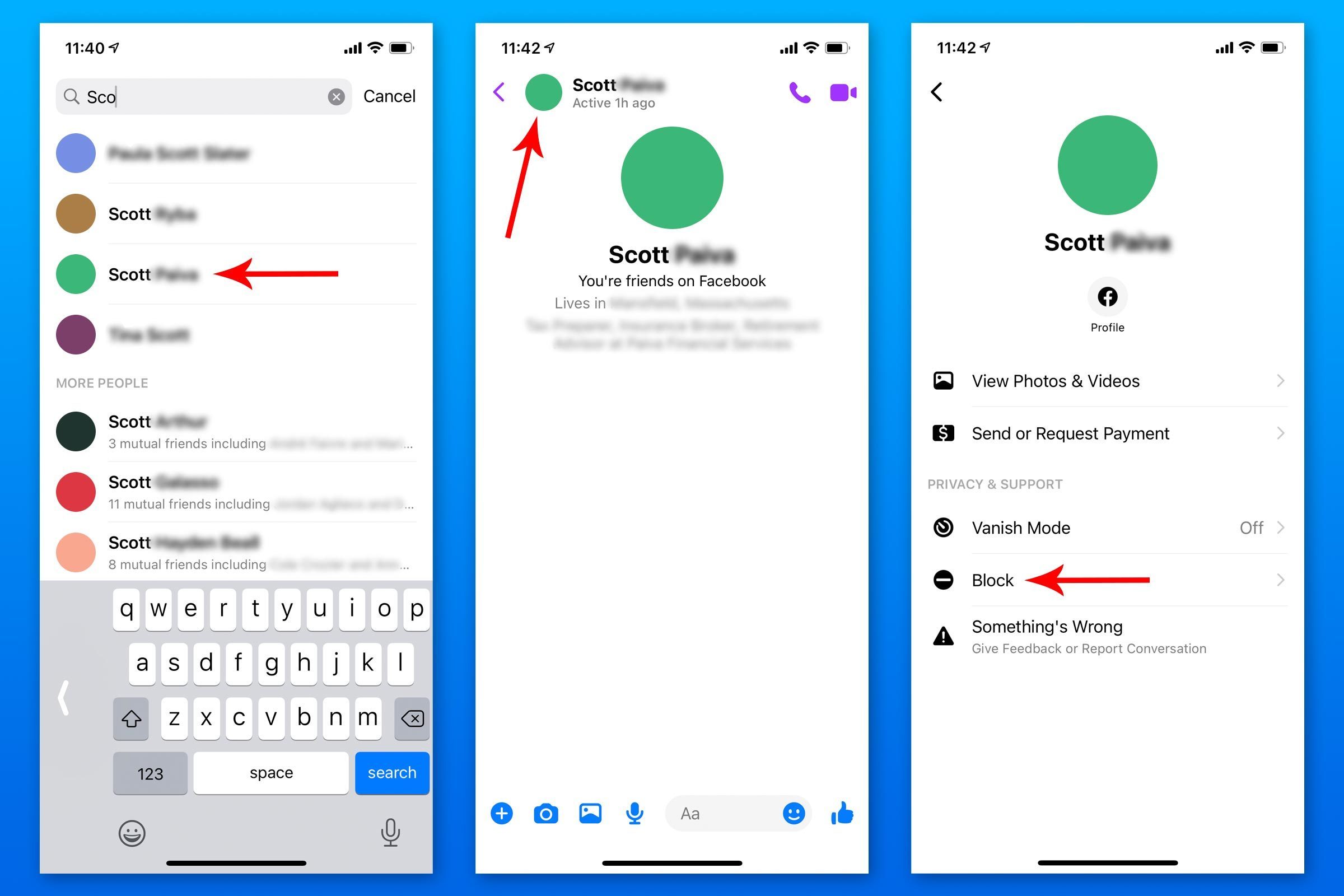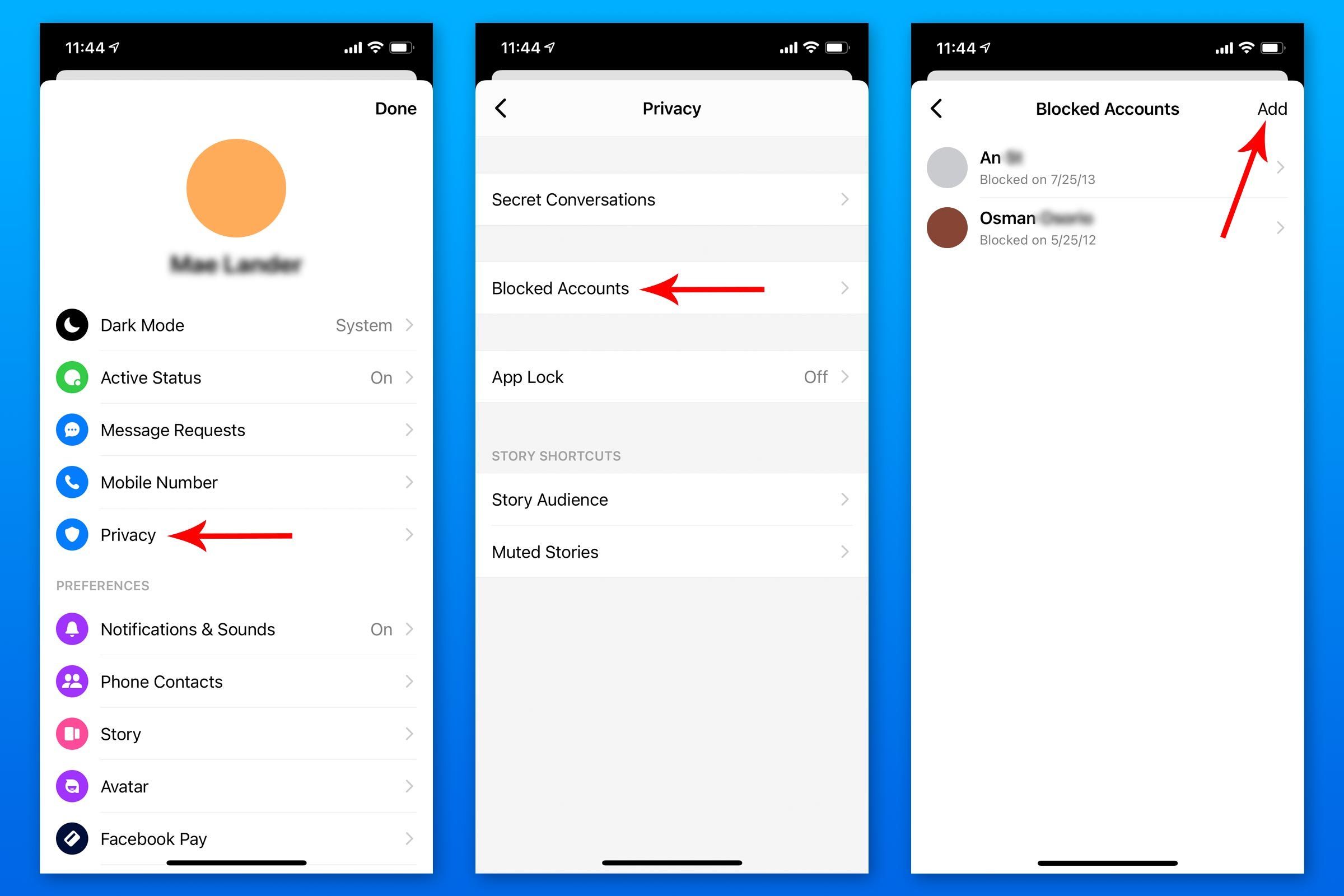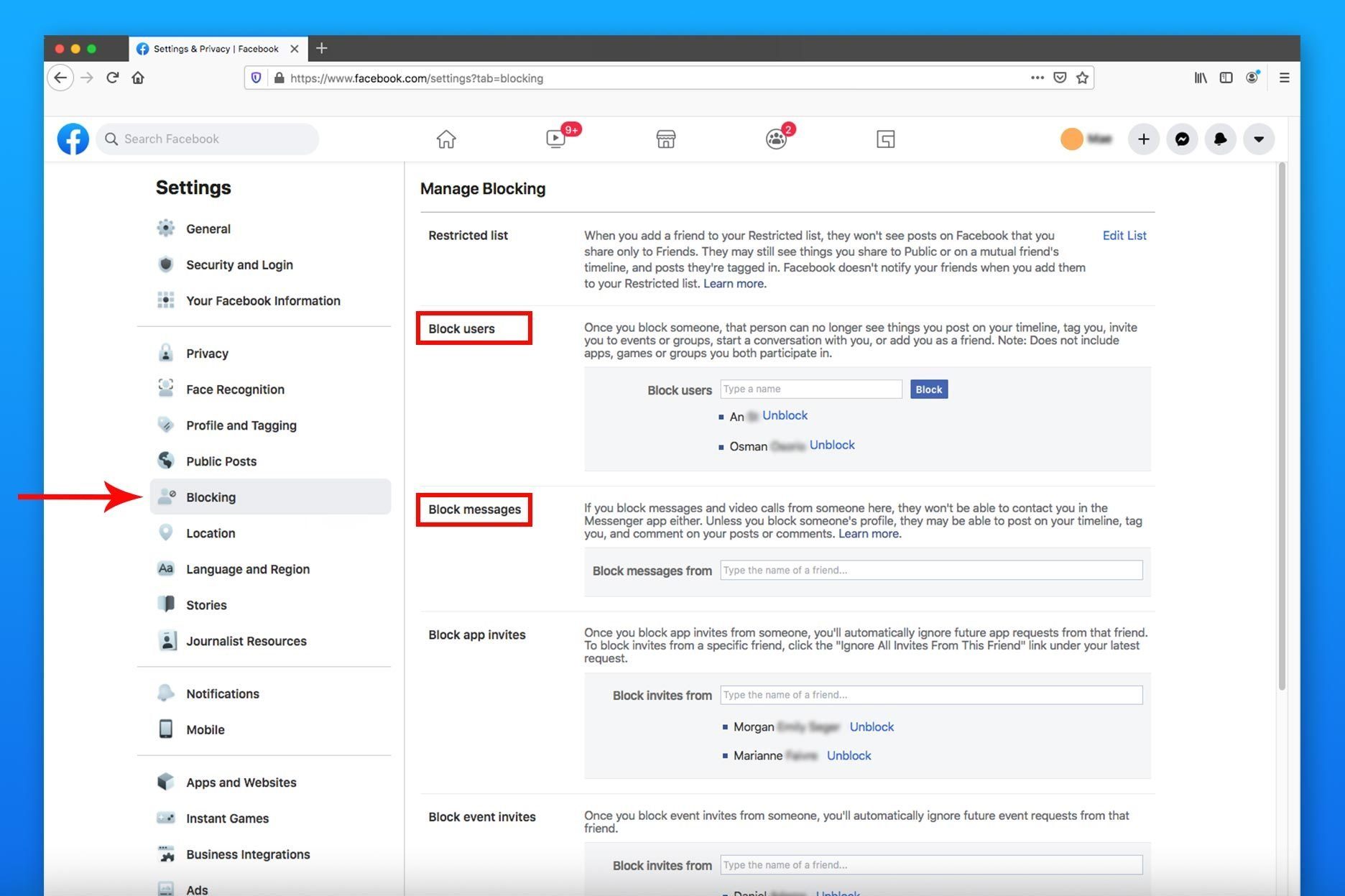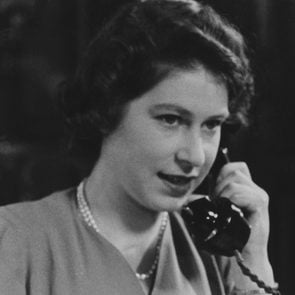Over the past few years, many people have grown used to a sedentary lifestyle: staying home, exercising less and eating more—all while experiencing greater levels of stress and anxiety.
“All of this contributes to worsening gut function,” says Christopher Andrews, the lead physician at the Calgary Gut Motility Centre, adding that heartburn is on the rise. Some experts have even given the trend a name—“pandemic stomach”—and in December of 2020 there was a temporary shortage of antacid medication in the United States.
Heartburn, a fiery sensation in the chest or upper belly, is the painful effect of the stomach’s acid and digestive enzymes creeping into the esophagus. When you swallow food or liquid, your esophageal sphincter, the muscle around the bottom of your esophagus, relaxes to allow the contents to move down, then closes to prevent backup. But if that muscle weakens or is unable to close completely, stomach acid might rise, causing irritation.
Diet is the most common culprit: acidic foods such as grapefruits, hot sauce or coffee increase the amount of acid in your stomach, while chocolate, alcohol and high-fat foods, such as cheese or avocados, stimulate the release of hormones that loosen the sphincter. Spicy food can also increase uncomfortable sensations in the gut.
Heartburn occurs in bodies of all sizes, ages, ethnicities and genders, but researchers have found that overweight people are more at risk. According to a major 2006 study, overweight and obese participants were two to three times more likely to experience frequent heartburn than those with a healthy weight. This may be because of the increased pressure on the gut, Andrews says, which can push stomach acid up. Changes in diet, such as the recent tendency of people to lean on carbs and comfort food in lockdown, can also lead to more bloating and gas in the digestive tract—again putting a squeeze on the gut.
Stress and anxiety are factors because the sympathetic nervous system—which triggers the body’s “fight or flight” response—also interacts with the enteric nervous system, which regulates digestion. In fact, during life-threatening situations, a person’s digestion might slow down or even completely stop. At the same time, stress can leave the nerves in the gut overly sensitive.
Occasional heartburn isn’t a problem, but experiences of frequent indigestion should push you to prioritize a healthier lifestyle. According to a recent study of 9,000 heartburn patients, following a five-step health plan—maintaining a sensible body weight, eating well, exercising, not smoking and limiting coffee, tea and carbonated beverages—can decrease symptoms by 40 per cent. Andrews also tells his patients to avoid eating close to bedtime: “If you lie down when your stomach is full, it’s much easier for things to come up.”
Over-the-counter antihistamines can help by blocking the release of stomach acid, while antacid medications can temporarily relieve pain in the esophagus. But if you experience heartburn more than three times a week over a long period of time, you should visit a doctor. Frequent acid contact might scar your esophagus—and, if left untreated, increases your risk of esophageal cancer. You should also consult a doctor if, in combination with heartburn, you experience difficulty swallowing, vomiting, weight loss or anemia. A physician can prescribe stronger medication or may recommend esophageal surgery to repair or replace your damaged sphincter.
Though heartburn is currently on the rise, Andrews believes the uptick is short-term. “Once life comes back to normal, I’m optimistic about things getting better,” he says.
Next, find out the five best ways to cope with stress and anxiety.

The Queen in Canada: Then and Now
She was everywhere, back then. Gazing serenely from the wall of the principal’s office as I awaited my fate. The Unitarian Church, where the minister strummed his guitar. The drill hall where, in ill-fitting cadet uniforms, we shouldered wooden rifles and sang the national anthem—a plea for God to save her. Queen Elizabeth II was in every Canadian community centre and government office, the liquor stores and union quarters of my father, the hockey arenas and pool halls of my youth.
And there she remains, neatly framed, on the walls of my memory, wearing the priceless tiara, necklace, bracelets, earrings, and the striking blue sash signalling her place atop the Most Venerable Order of the Garter. In the photograph she is young and beautiful, so it must have been taken soon after she ascended the throne in 1952, at age 25, following the sudden death of her father, King George VI.



The Golden Age
Royalty was still the stuff of fairy tales back then, of princes and princesses, dukes and duchesses, curtsies and posies, shy children performing charming dances in exotic places, LIFE magazine photo specials, breathless live coverage of royal visits. For the second half of the 20th century, with her husband and third cousin, the Duke of Edinburgh, by her side, Elizabeth performed her ancestral role expertly and indefatigably, a life of public service that would exhaust most mortals. Her respites were her stables, her corgis, her growing family, and Balmoral Castle in Scotland. Surveys still put her among the most admired figures in the world.


Keep Calm and Carry On
More recent times have not been so kind. Royal affairs, ugly marriages, party animals, tell-all books—princes and princesses, they’re just like us! Through the seemingly non-stop turbulence, the Queen has always provided royal ballast, keeping the ship steady, the very personification of keep calm and carry on.
When Princess Diana died in a Paris tunnel, victim of her own celebrity, her last words allegedly were, “Oh God, what has happened?” The world had grown ever more vulgar is what had happened. Who could imagine Elizabeth’s second child getting caught in the sordid web of a sexual predator and his accomplice? And then going on the BBC to attempt, laughably, to distance himself from the mess. And then buying his way out of it. What a mother of such tasteful impeccability must think of a princely son of such staggeringly poor judgement can only be imagined.



Crushing Blows
And what queen could have foreseen her grandson, Prince Harry, renouncing his royal duties, alluding to racism at Buckingham Palace, and moving his wife and their children to California, where Oprah is queen? Then, last year, Elizabeth suffered the most crushing blow of all—the passing of her consort of 73 years, Prince Philip, two months short of his 100th birthday.

Heavy is the Head
At 95, the elderly queen now bears the full weight of the monarchy on her frail shoulders. Through an accident of birth, she embodies wealth and privilege in an age when such wealth and privilege are associated with injustice. “God Save the Queen” was supplanted by “O Canada” long ago. In this post-colonial era, she is a reminder of a British Empire that blithely claimed scores of distant lands as its own, bribing, enlisting or subjugating the locals.




A Modern-Day Monarch
Yet to see her as a relic, a hopeless anachronism, is to miss her value and her meaning. She oversaw the transformation of the empire into the free association of equal states known as the Commonwealth, where she is the elected (not hereditary) leader. She has been a sounding board for countless world leaders. Her 22 visits to Canada have brought vividly, repeatedly, to life her portrait on our $20 banknote, her effigy on the toonie. I remember as a kid in 1959 lining up with tens of thousands of others to wave as her motorcade passed by Eaton’s in downtown Toronto. The slow-moving black limousines, the white-gloved hand, the royal wave.




Memento Mori
The Queen is a symbol of steadfastness in a world that’s changing at an accelerating, even frightening, pace. She’s a reminder that we are always creating both the future and the past, and—as the much-loved monarch embarks on her eighth decade on the throne—a memento mori that nothing lasts forever.
Next, take a look back at Queen Elizabeth’s incredible life in 30 quotes.
Facebook is designed to bring people together, but sometimes, you’re connected with people and accounts you don’t necessarily want to interact with. They may want to talk to you, though—a lot. So, what are you supposed to do? Let these messages flood your inbox?
If someone keeps sending you tons of messages you don’t want on Facebook, you can block them from messaging you. Blocking someone on Messenger in particular can help filter out the message clutter and even protect you from falling for Facebook Messenger scams. Here’s how to block someone on Messenger and stop those annoying messages from flooding your inbox.
What does blocking someone on Messenger do?
According to Facebook, blocking someone on Messenger means they won’t be able to talk to you through Messenger or desktop Facebook chat. They can’t call you or send you messages on Messenger or in a chat going forward. Your previous messages between yourself and the person you’re blocking won’t be deleted, so you have to manually delete those messages if you don’t want them.
There could be a number of reasons why you choose to block someone on Messenger, including:
- You’re getting spam messages or Facebook messenger scams sent to you
- You’re getting harassing messages from someone
- Someone keeps trying to contact you against your wishes
How to block someone on the Messenger mobile app

If you don’t want to receive someone’s messages or calls, here’s how to block them on the Messenger mobile app:
- Open the Messenger app.
- Search for the person you want to block.
- Open up a chat with them.
- Click on their name at the top of the conversation.
- You should see a menu with an option that says “block”—click that option.
- You’ll have the choice to either block their messages and calls on the app or block someone entirely on Facebook—click on the option you want.

Here’s another way you can block someone on the Messenger mobile app:
- On the Messenger app, click your profile picture in the top left corner.
- In the menu, click “privacy.”
- Click “blocked accounts.”
- Click “add” (or the “+” symbol) in the upper right-hand corner.
- Search for the person you want to block and click their name.
- You’ll have the choice to either block their messages and calls on the app or block someone entirely on Facebook—click on the option you want.
If you don’t want to block someone on Facebook but you also don’t want to receive their messages anymore, you can choose to ignore their messages instead of outright blocking them. To do that, click “block messages and calls.” If you ignore someone’s messages, you won’t be notified when they message you and their messages will go to spam or message requests. However, you will still be friends with them on Facebook.
If you want to block the person entirely, click “block on Facebook.” Blocking someone on Facebook means they will also be unfriended. Either way, you won’t get their messages on the Messenger app. (Here’s how to tell if someone blocked you on Facebook.)
How to block someone’s messages on Facebook via desktop

If you’re on your computer and want to block someone from chatting with you on Facebook, here’s what to do:
- Go to facebook.com and log in.
- Go to your settings and privacy.
- Click “settings.”
- Scroll down and find the “blocking” section.
- Type in the name of the person you want to block messages from under “block messages” and select their name. If you want to block them on Facebook altogether, type their name under “block users.”
How to unblock someone on the Messenger mobile app
If you decide to unblock someone on Messenger, here’s what to do:
- On the Messenger app, click your profile picture in the top left corner.
- In the menu, click “privacy.”
- Click “blocked people.”
- Find the person you want to unblock and click on them.
- Click “unblock.”
How to unblock someone’s messages on Facebook via desktop
If you’re on your computer and want to unblock someone to receive their messages again, here’s what to do:
- Go to facebook.com and log in.
- Go to your settings and privacy.
- Click “settings.”
- Scroll down and find the “blocking” section.
- Go to the “block messages” section and then click “unblock” next to the person’s name you wish to unblock.
Note: If you blocked someone on Facebook entirely, not just in Messenger, you’ll need to send them a friend request to reconnect.
Blocking messages can keep your Messenger app free of spam and unwanted messages. However, if you think the messages are threatening and/or go against Facebook’s community standards, you can report the messages. Knowing how to block someone on Messenger allows you to control what messages you see and who contacts you on Facebook, so don’t be afraid to use this tactic when needed.
Next, find out why you need to stop commenting on those viral Facebook memes.
Whether you purchased an old car, someone else borrowed your ride, or you’re the culprit yourself, a cigarette burn in your car’s upholstery is a scourge. Burns can happen in an instant, even simply as a result of fallen ash. The aftermath, however, isn’t so simple to fix.
How to fix a burn hole in leather upholstery:
- For a burn that hasn’t totally penetrated the leather, you can remove the unsightly mark by partially cutting out the burn. Begin by cutting a cross in the burn approximately half the depth of the leather, then cut the burn out around the edge using a scalpel. If your burn didn’t go all the way through, you can skip to step five.
- If the burn has gone all the way through, you’ll want to cut all the way through, leaving a resulting hole.
- Repair the hole by using tweezers to insert canvas cloth behind the leather, making sure the cloth is perfectly flat and leaving about a 1/2-inch overlap under all edges of the hole.
- Apply glue using a scalpel, paint stirrer or other thin object, pushing one side of the hole down to raise the other side up. Next, wipe the glue onto the underside edges of the hole and press them down. This process should be done to all edges. Let everything sit for 20 minutes.
- Then, apply four thin layers of leather filler. Allow the first layer to dry with a hair dryer for three minutes before gently pressing the filler down with your finger. Repeat this process with the next two layers.
- Using a leather touch up kit, match the colour of the leather, applying the colour to the filler with a cotton swab and drying with a hair drier. Allow it to sit for one minute, then apply additional colour until it blends well.
How to fix a burn hole in vinyl upholstery:
- Cut around the burn hole using a scalpel. When cutting, make the hole a little bigger to obtain extra fabric from the vinyl seat that can be used to create an evenly-shaped patch.
- Place the cut-out material onto a new vinyl patch material from a vinyl repair kit. Cut your patch and position it in place over the burn hole to make sure it fits.
- Use fine-grit sandpaper to smooth the area. (Check out more smart uses for sandpaper.)
- Wipe the area clean with rubbing alcohol.
- Iron the patch into the hole to bind the fibres by using a low heat setting on a clothes iron.
How to fix a burn hole in fabric upholstery:
- Begin by taking a bit of mayonnaise and rubbing it on top of the burn hole in the fabric. Let it sit for a few minutes. Use a clean, wet cloth to wash off the residue. This step helps detach the melted burn marks.
- Scrape remaining burn marks away with a scalpel.
- Use a small razor to remove a piece of fabric from underneath the seat, ensuring you choose a piece that looks like the fabric where the burn occurred (be sure any pattern matches). Cut a patch that matches the spot where the hole is.
- Apply fabric glue to the patch and place it over the burn.
- Allow the glue to dry. The patch should now blend in well with the rest of the seat, masking the once ugly cigarette burn hole!
Now that you know how to fix a hole in car upholstery, discover more car interior cleaning tips to refresh your ride.

How to Tell Someone a Big Secret
Thirty years ago, Allison McColeman hid a big secret from her family: a husband. McColeman, now a 55-year-old Toronto mom, feared the marriage would cause too much friction with her parents. She knew her stepfather didn’t like her partner, and the lovebirds had also only been dating for less than a year, which she knew would worry her mother. Plus, deep down she knew the marriage was a bad idea.
“I was embarrassed to tell them what I’d done,” she says. So McColeman pretended the man who swept her off her feet was simply her boyfriend. Only her closest friends knew the truth: McColeman had married the charming Irishman in a small wedding at City Hall, in part to sponsor his bid for Canadian citizenship. She expected they’d have a “real” wedding if the relationship worked out.
Instead, the couple split after a year. It took another five years for McColeman to come clean to her mom (her stepfather had since died). Though her ex rarely came up in their conversation, McColeman couldn’t stop thinking about her secret. It was like there was an elephant in the room that only she saw. “I felt like I’d been lying to her all that time,” she says. “Afterward, I just felt lighter.”
We all have personal secrets—even if they’re not always as juicy as a hidden marriage. While not everybody needs to know everything about you, the benefits of sharing secrets can often be greater than whatever damage you’re imagining you will incur from doing so. Here’s how to tell someone a big secret.
Ask: Is It Harmful?
The idea that secrets can be a psychic weight is what first intrigued psychologist Michael Slepian, an associate professor at Columbia University and author of The Secret Life of Secrets. His research shows that 97 per cent of people have a secret, and the average person is keeping 13 at any given time. Keeping secrets has been linked with less-satisfying relationships, higher rates of anxiety and depression and a generally diminished sense of well-being. Slepian’s research revealed 38 categories of common secrets spanning everything from big ones (infidelity, addiction) to relatively minor ones (embarrassing habits, hidden possessions).
All types of secrets have the potential to harm your mental health, but that harm doesn’t actually come from the stress of concealment. Slepian says the biggest clue to how damaging a secret is to you is how often you involuntarily think about it—like you’re picking at a scab. It’s more likely, says Slepian, that your mind will get stuck thinking about a secret that speaks to your intrinsic sense of self (a hidden marriage) than a more workaday secret (like the fact that I have a stash of chocolate that I hide from my family). “The hard part about having a secret is not that we have to hide it,” he says, “but that we have to live with it alone in our thoughts.”
Distinguish Shame From Guilt
Chances are good that the secrets that will weigh on you the most are the ones that make you feel bad about yourself. Part of the reason McColeman didn’t tell her family about her ill-fated nuptials is that some part of her felt that her boyfriend was using her, and she was ashamed she got sucked in. Many of us can relate to shame keeping us mum. (My husband still likes to remind me about when I “forgot” to tell him that I was visiting a psychic because I knew he would think it was silly and a waste of money.)
Slepian says that what’s more harmful about shame—and what distinguishes it from guilt—is that when you feel ashamed you think I’m a bad person, but when you feel guilt you think I’ve done a bad thing. The latter is actually much healthier, he says, and telling your secret can help get you past the shame and to a place where you might reflect on your behaviour. And if you decide you acted wrongly, he adds, you can then figure out how to act differently next time. “You can learn from your mistakes.” (Here’s expert advice on how to let go of regrets.)
Confide…
The most obvious thing you can do to lessen the weight of keeping a secret, says Slepian, is to share it with someone. Telling it to another person—be it a friend, a therapist or even an online acquaintance—can reduce the number of times your mind will obsessively go back to it, sort of like opening an emotional pressure valve. But Slepian points out it’s not simply the act of confessing that helps get your mind out of the record groove—it’s the conversation that follows.
“Confessing something on the Internet anonymously can feel really great for about 10 seconds,” he says. “But having a conversation with someone you trust works because people can bring a unique perspective, emotional support or advice.” Even being heard by one person can help you think about your secret differently and move forward.
But Confide in the Right Person
Slepian says that people share 26 per cent of the secrets they’re told, which seems like a pretty big gamble to take if you have a secret you really want kept (mostly) under wraps. The key, he says, is to choose someone who has a similar set of morals and values as you. “People are more likely to pass on a secret if they’re morally outraged by the behaviour,” he says. “So don’t confide in someone who’s going to be scandalized by your admission.”
You may not want to share, for example, that you’ve developed a crush on a colleague (even though you’re already in a relationship) with the friend who thinks that even looking at another person is tantamount to cheating. It’s probably better to save that particular tidbit for the pal who knows a bit of innocent daydreaming when she sees it and can reassure you that you’re not a monster who’s destined to break up your family. (Read up on the surprising science behind friendship.)
Deep down, past all the worry and shame, McColeman knew that her mom could handle the secret. “She was surprised, but she wasn’t angry,” she says. Mostly, she was happy McColeman was okay, divorced and had a clean slate. “And I felt much better because I got it off my chest.”
Now that you know how to tell someone a big secret, try these tips for living a happier life.














